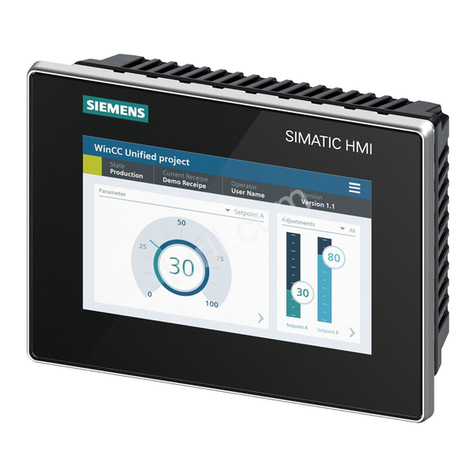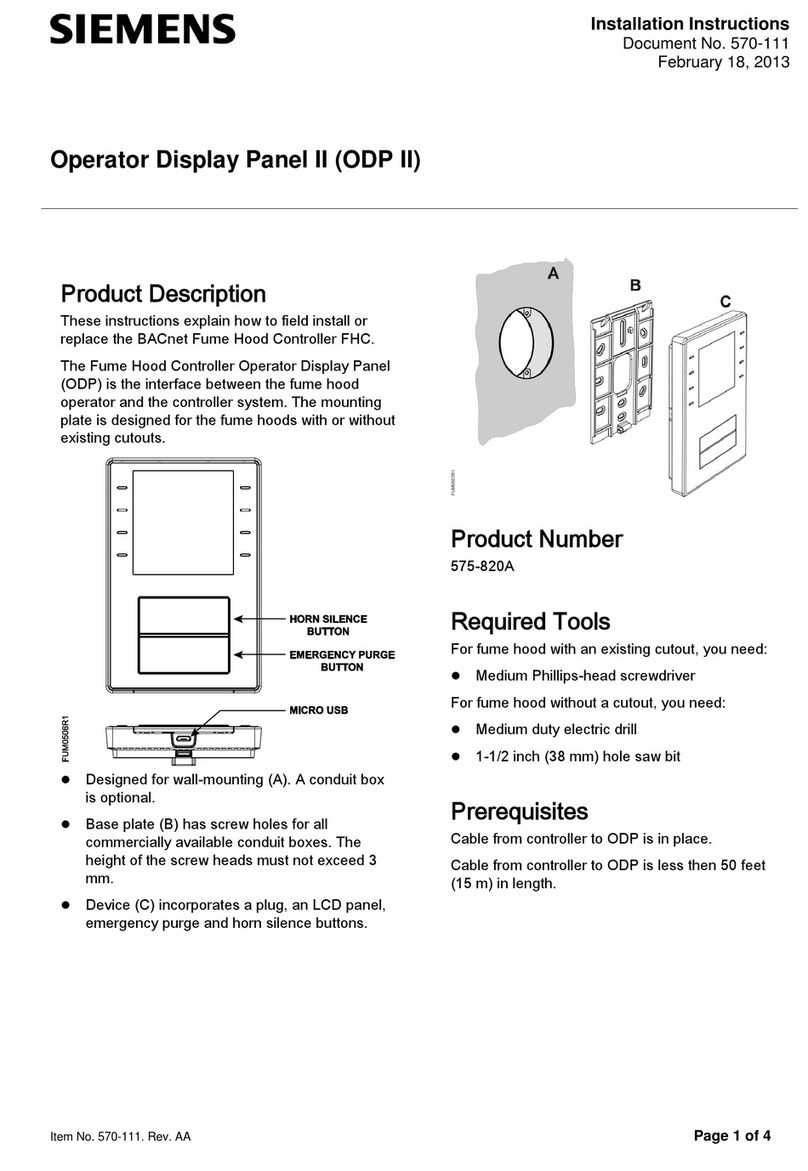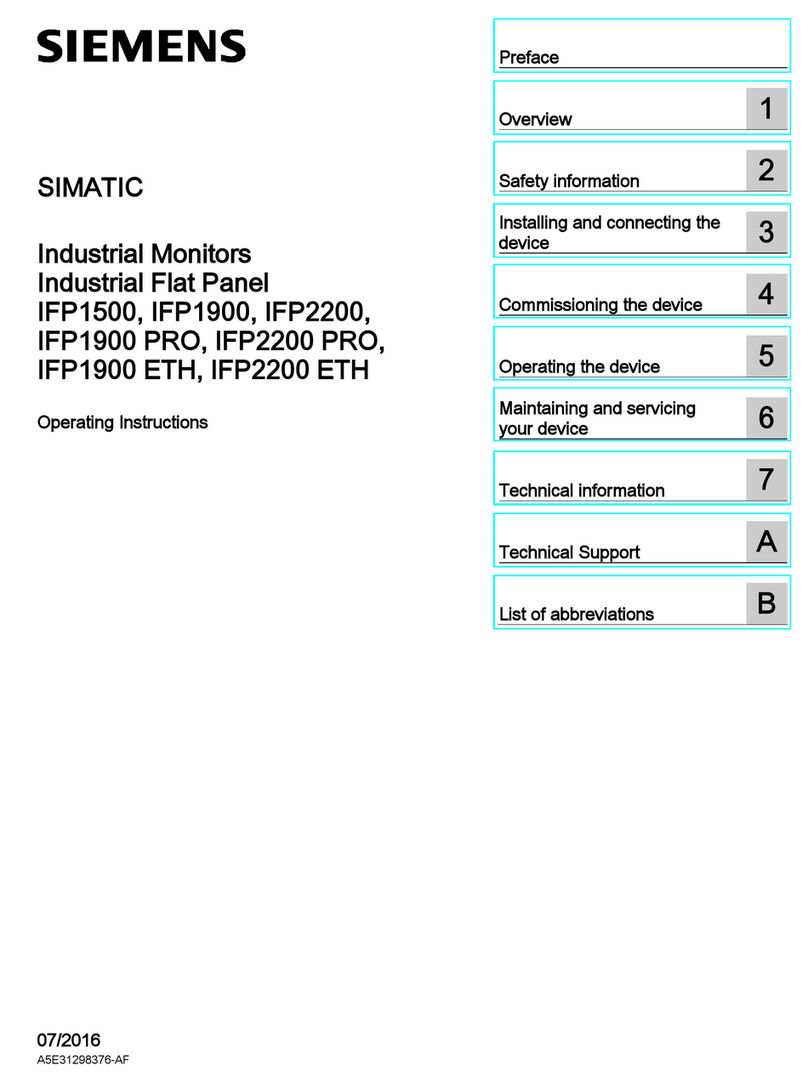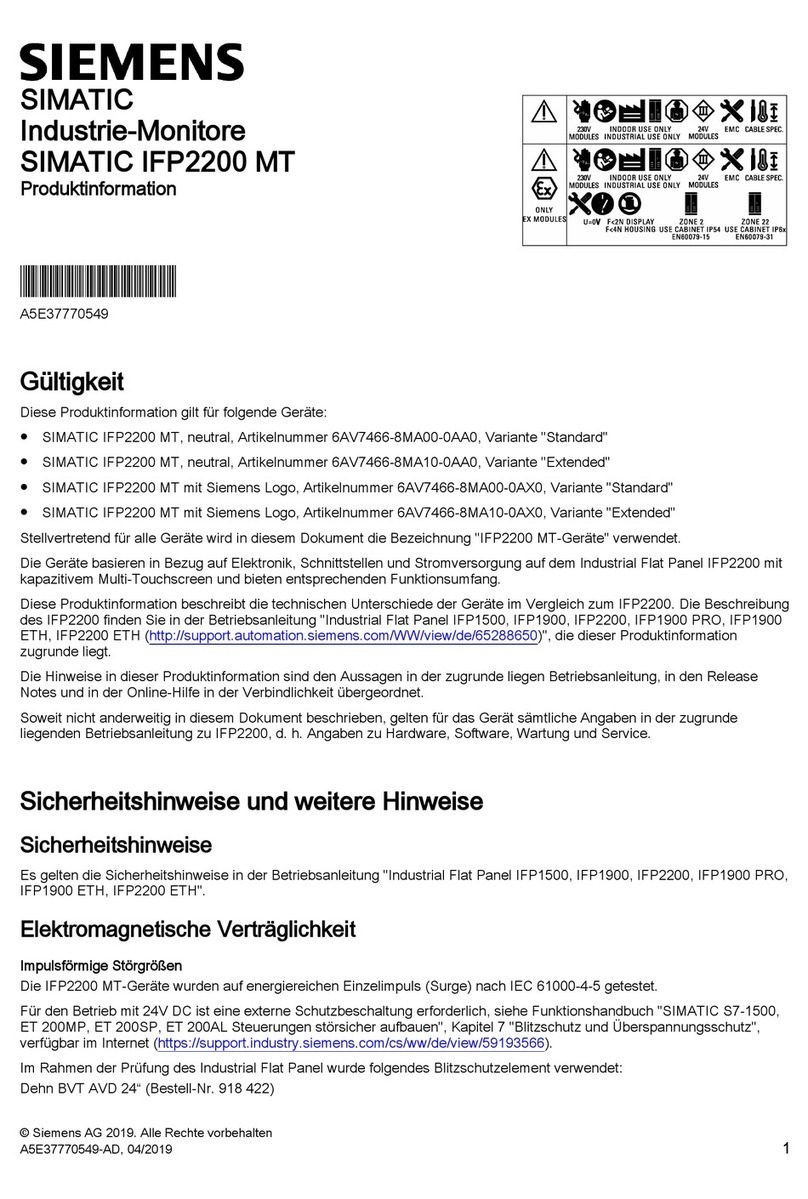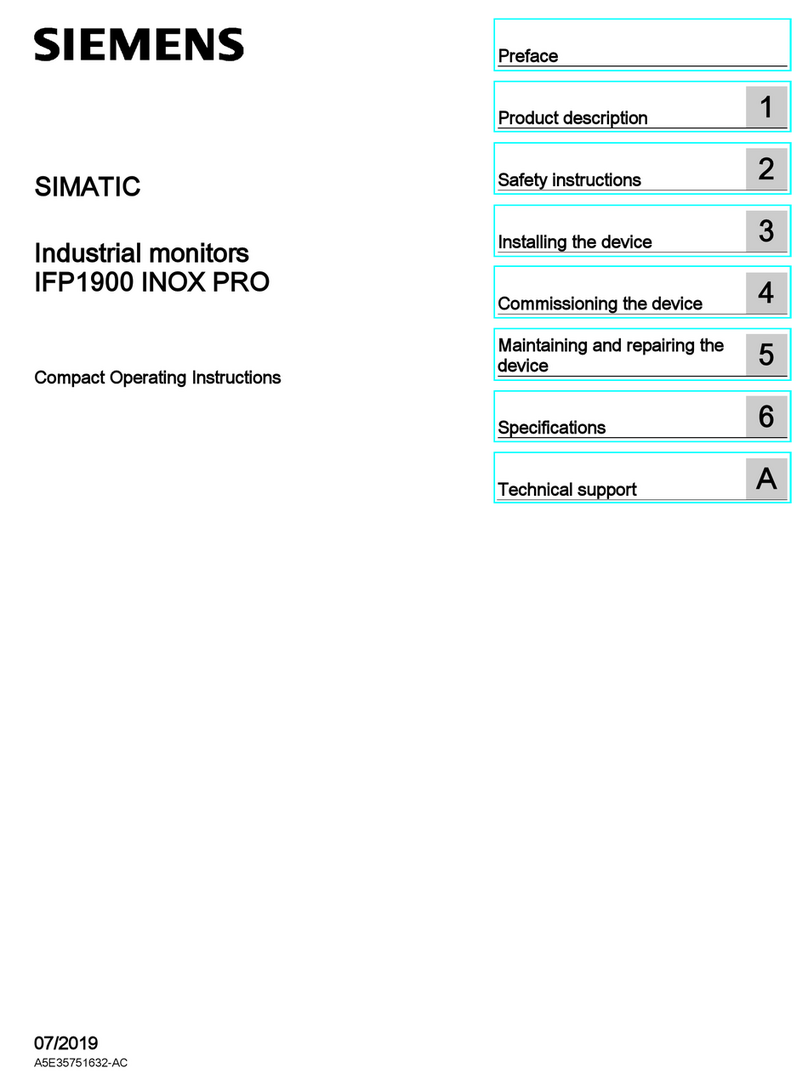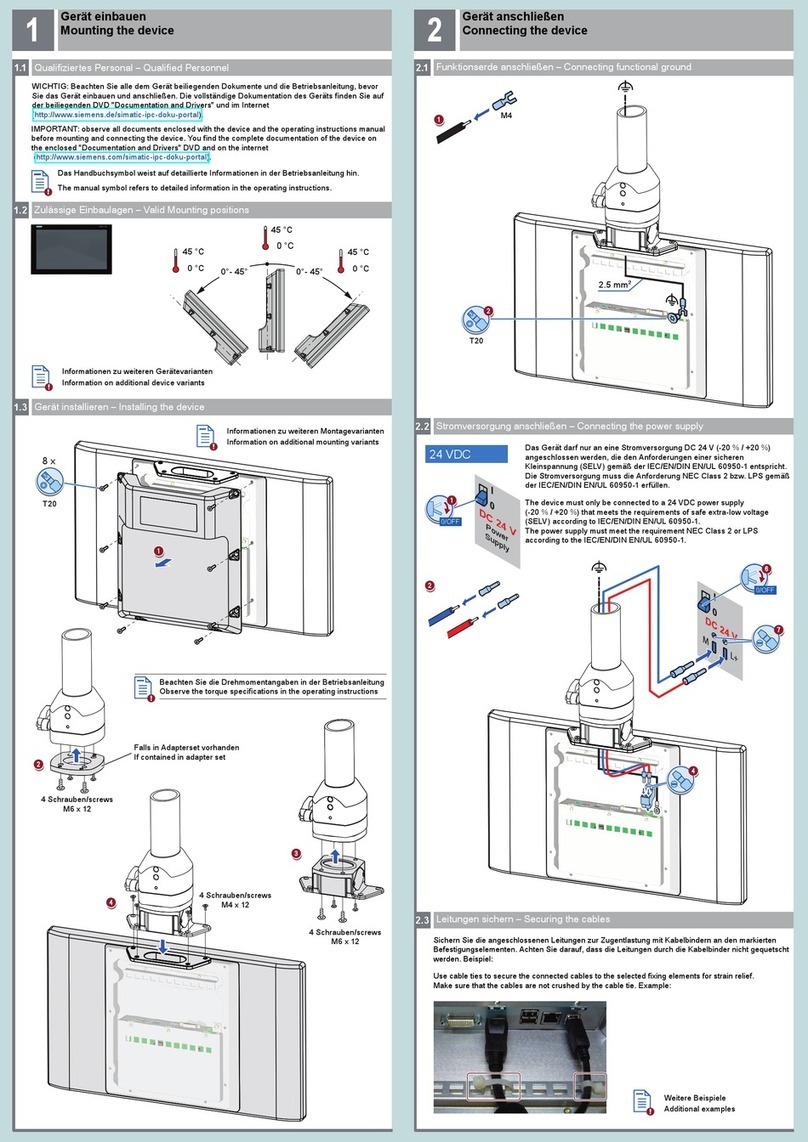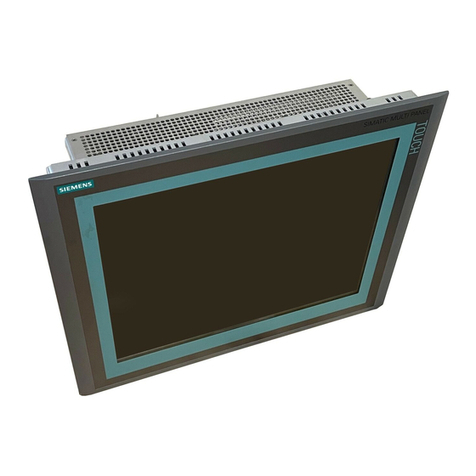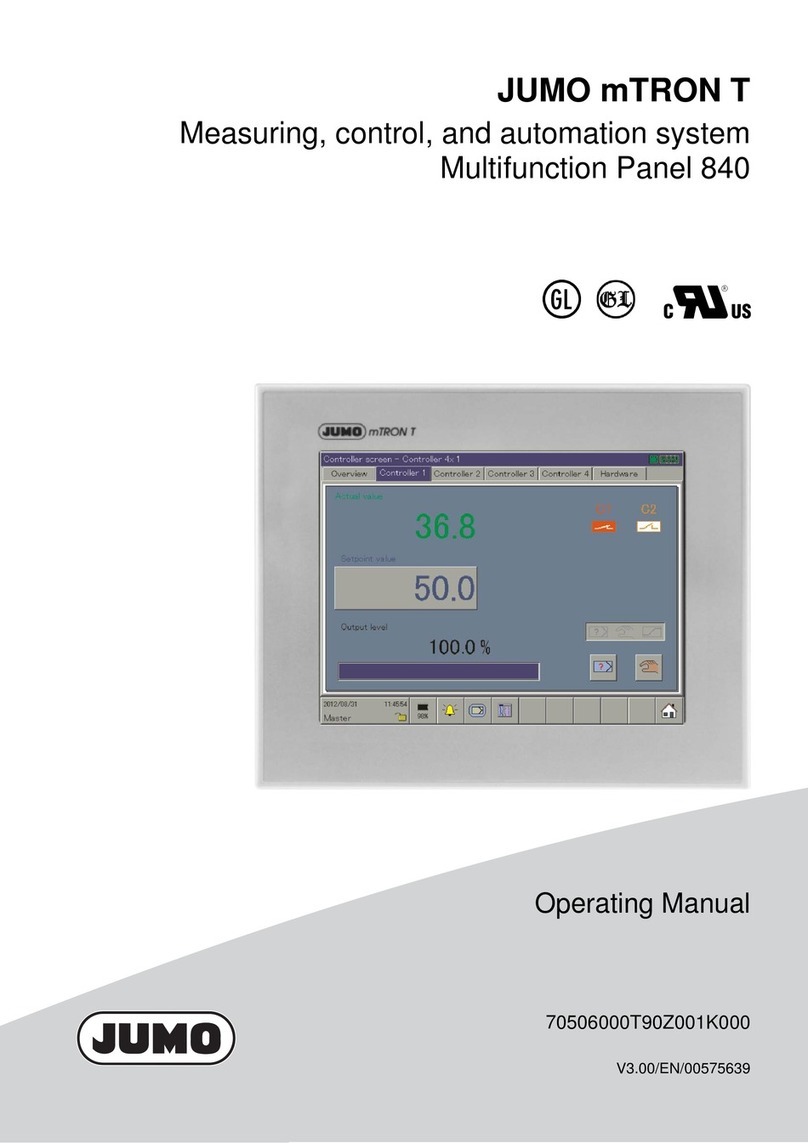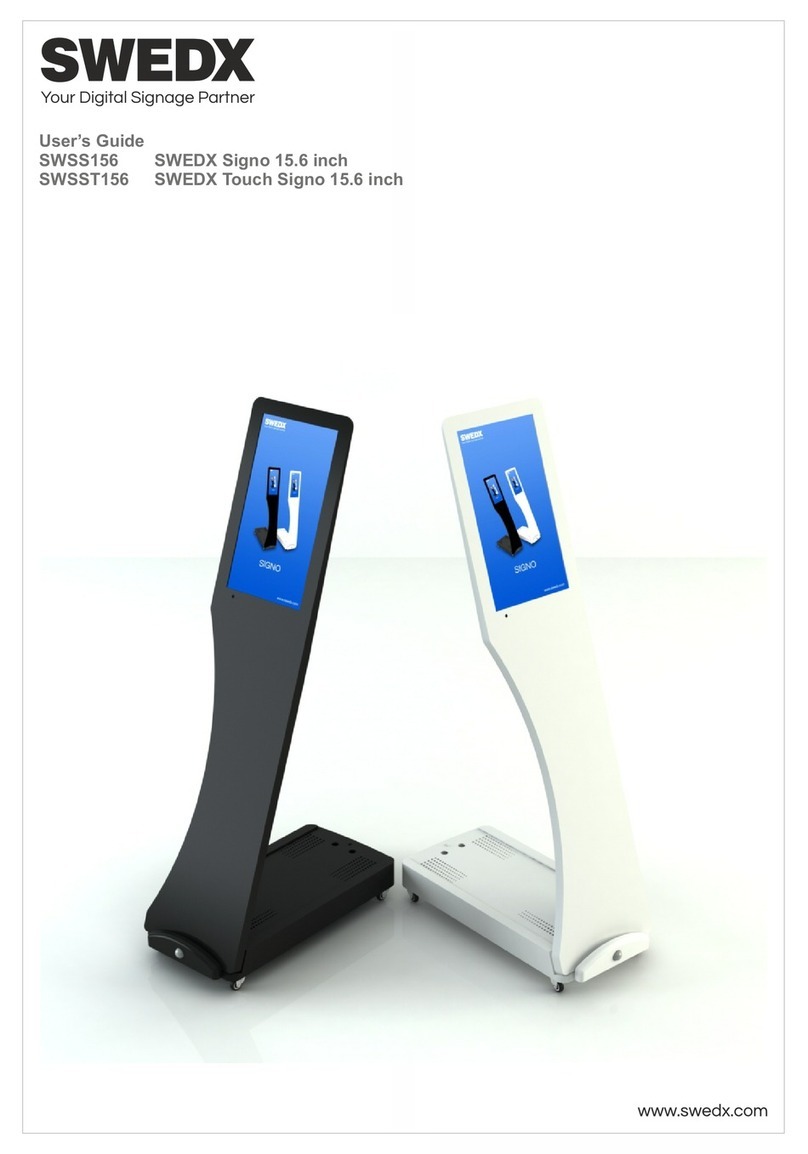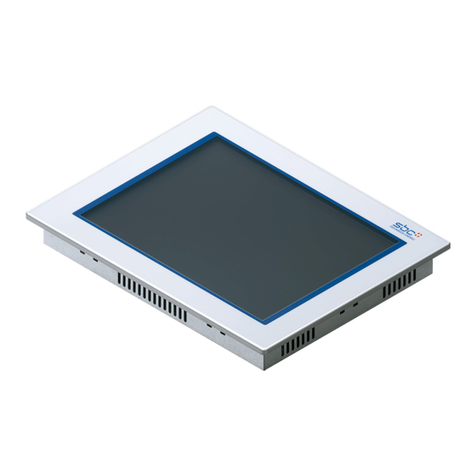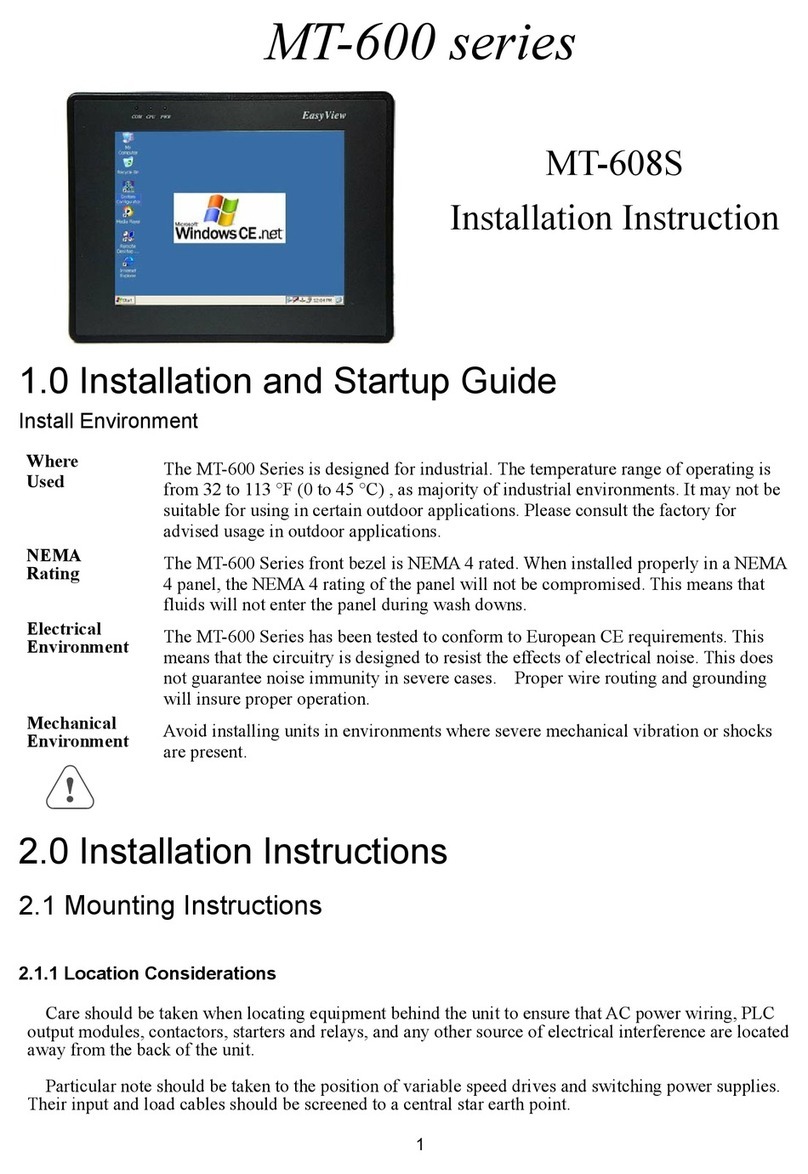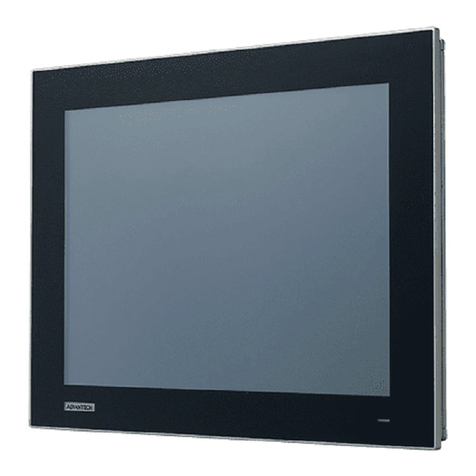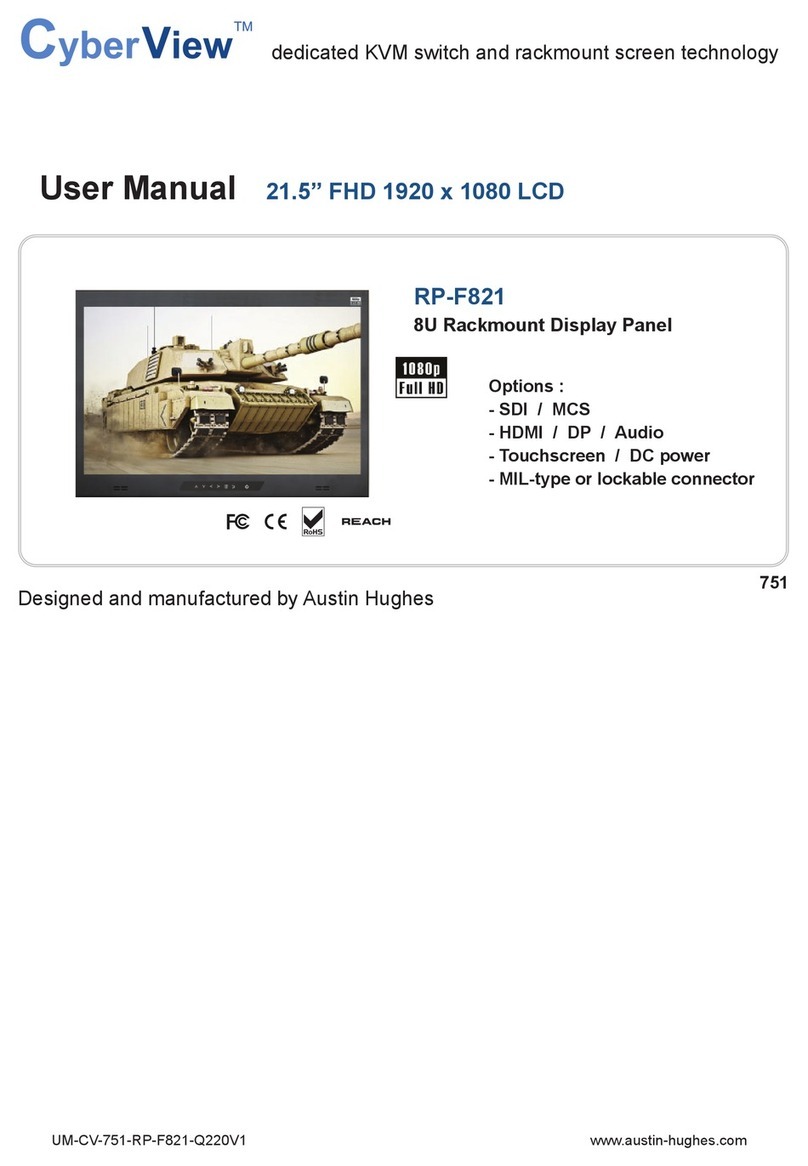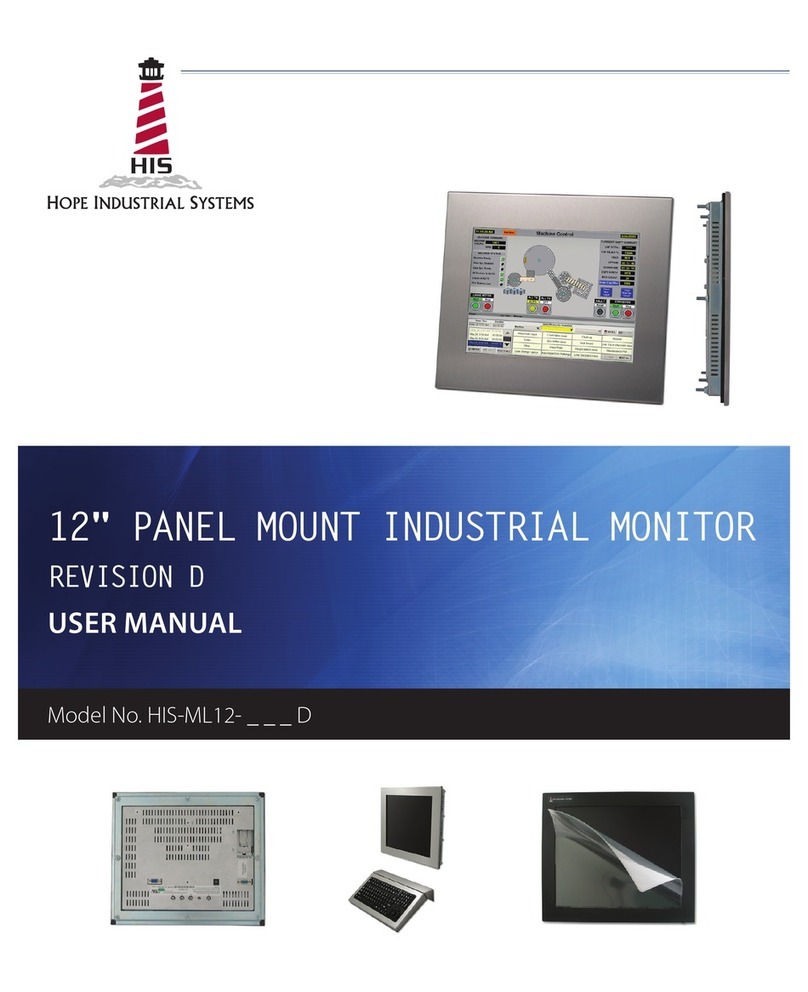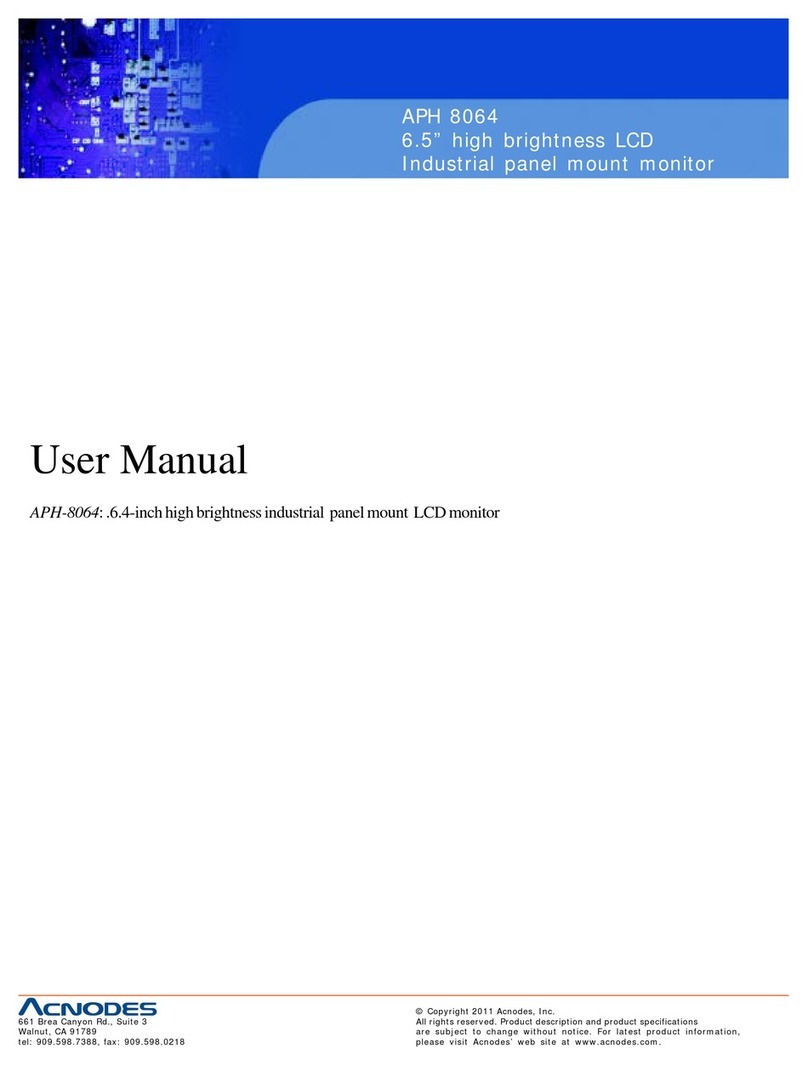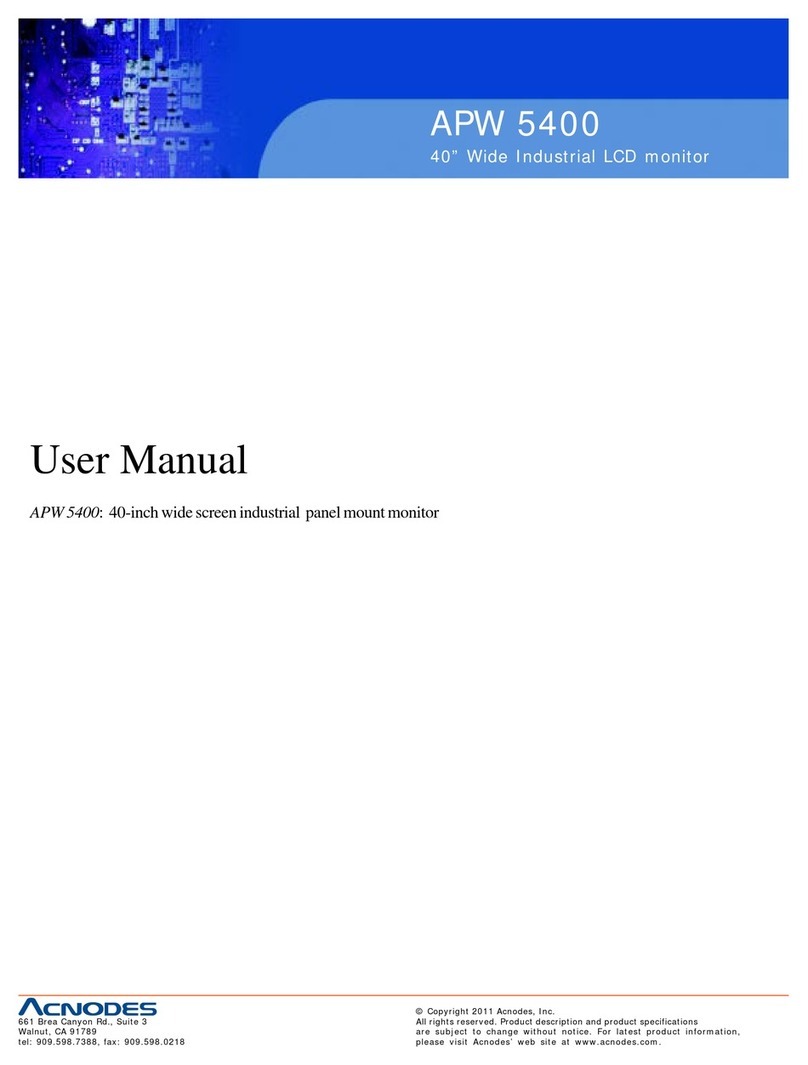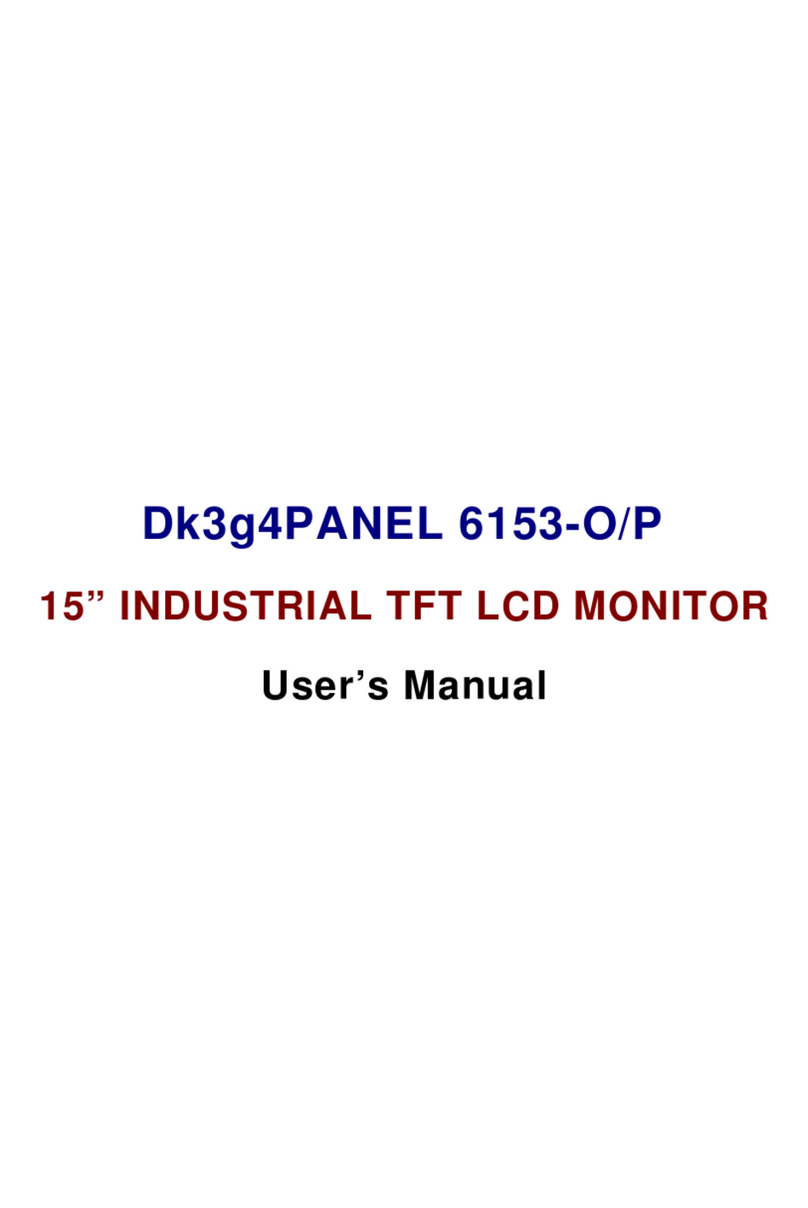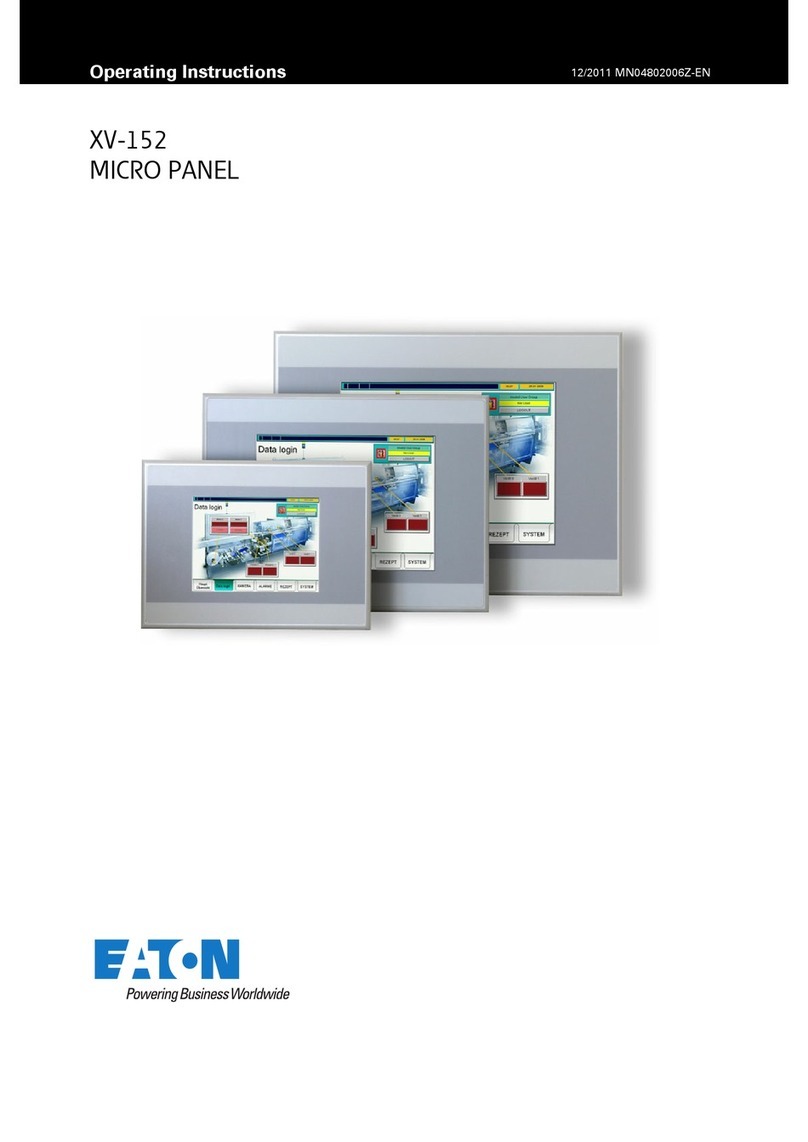
3
MAN-100472 RD150 - Operating Instructions
57030-EN-18071757030-EN-180717
Contents
1 About this document............................................................................................................... 5
1.1 Function ........................................................................................................................... 5
1.2 Target group ..................................................................................................................... 5
1.3 Symbols used................................................................................................................... 5
2 For your safety ......................................................................................................................... 6
2.1 Authorised personnel ....................................................................................................... 6
2.2 Appropriate use................................................................................................................ 6
2.3 Warning about incorrect use............................................................................................. 6
2.4 General safety instructions............................................................................................... 6
2.5 EU conformity................................................................................................................... 7
2.6 NAMUR recommendations .............................................................................................. 7
2.7 Installation and operation in the USA and Canada ........................................................... 7
3 Product description................................................................................................................. 8
3.1 Conguration.................................................................................................................... 8
3.2 Principle of operation........................................................................................................ 9
3.3 Packaging, transport and storage................................................................................... 10
3.4 Accessories and replacement parts ............................................................................... 11
4 Mounting................................................................................................................................. 12
4.1 General instructions ....................................................................................................... 12
4.2 Mounting instructions ..................................................................................................... 12
5 Connecting to power supply.................................................................................................15
5.1 Preparing the connection ............................................................................................... 15
5.2 Connection technology and steps .................................................................................. 16
5.3 Wiring plan ..................................................................................................................... 18
5.4 Connection HART standard ........................................................................................... 18
5.5 Connection HART multidrop........................................................................................... 19
5.6 Connection signal conditioning instrument/four-wire sensor .......................................... 19
5.7 Connection example ...................................................................................................... 20
5.8 Switch-on phase............................................................................................................. 20
6 Set up with the display and adjustment module................................................................21
6.1 Short description ............................................................................................................ 21
6.2 Insert display and adjustment module............................................................................ 21
6.3 Adjustment system......................................................................................................... 22
6.4 Measured value indication - Selection of national language........................................... 23
6.5 Start menu...................................................................................................................... 24
6.6 Parameter adjustment - RD150...................................................................................... 24
6.7 Parameter adjustment - Sensors via Generic HART....................................................... 29
7 Setup via PACTware...............................................................................................................31
7.1 Connect the PC.............................................................................................................. 31
7.2 Parameter adjustment with PACTware............................................................................ 32
7.3 Saving the parameterisation data................................................................................... 33
8 Diagnostics and servicing .................................................................................................... 34
8.1 Maintenance .................................................................................................................. 34
8.2 Asset Management function........................................................................................... 34
8.3 Rectify faults................................................................................................................... 35


